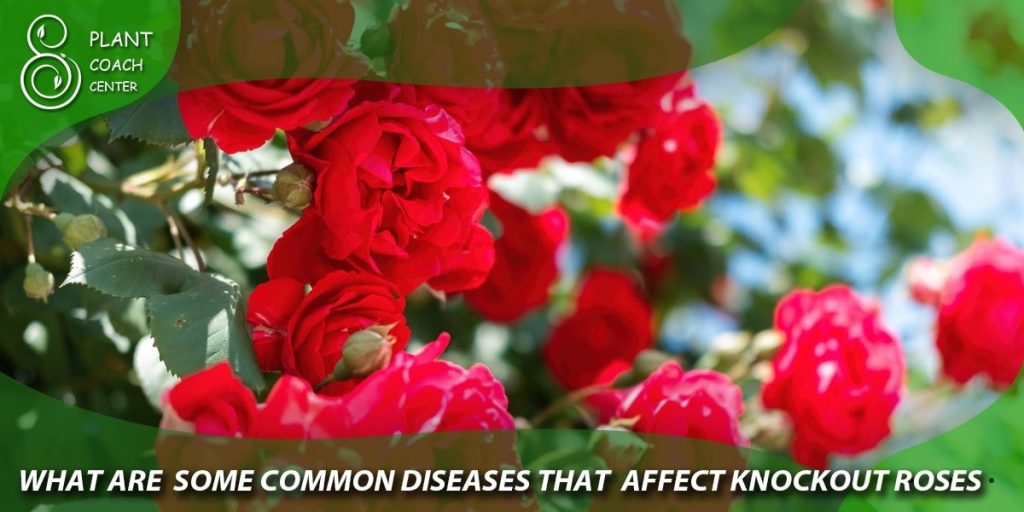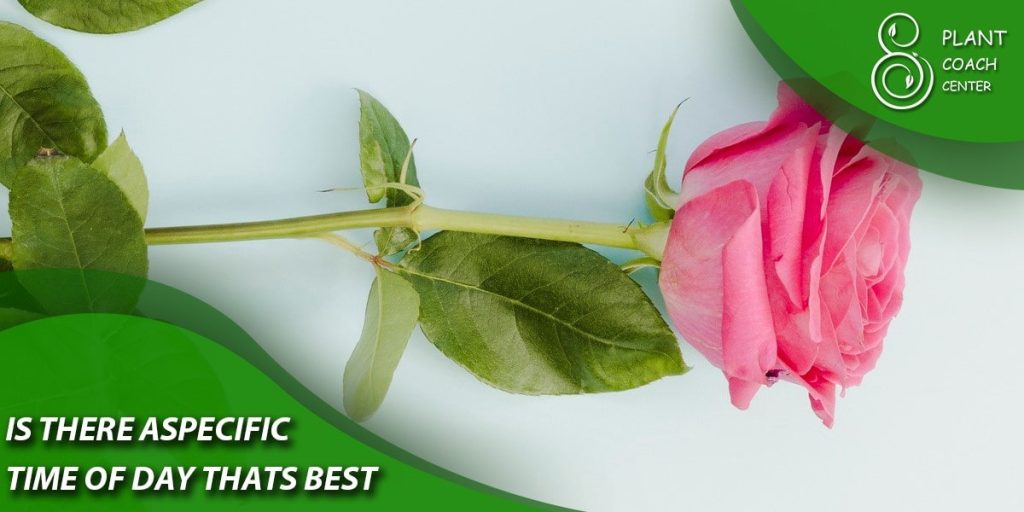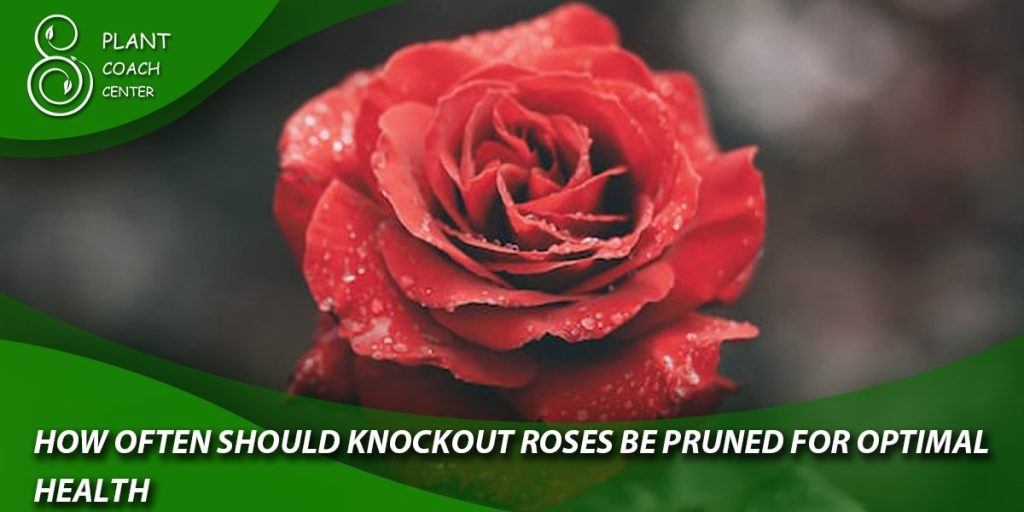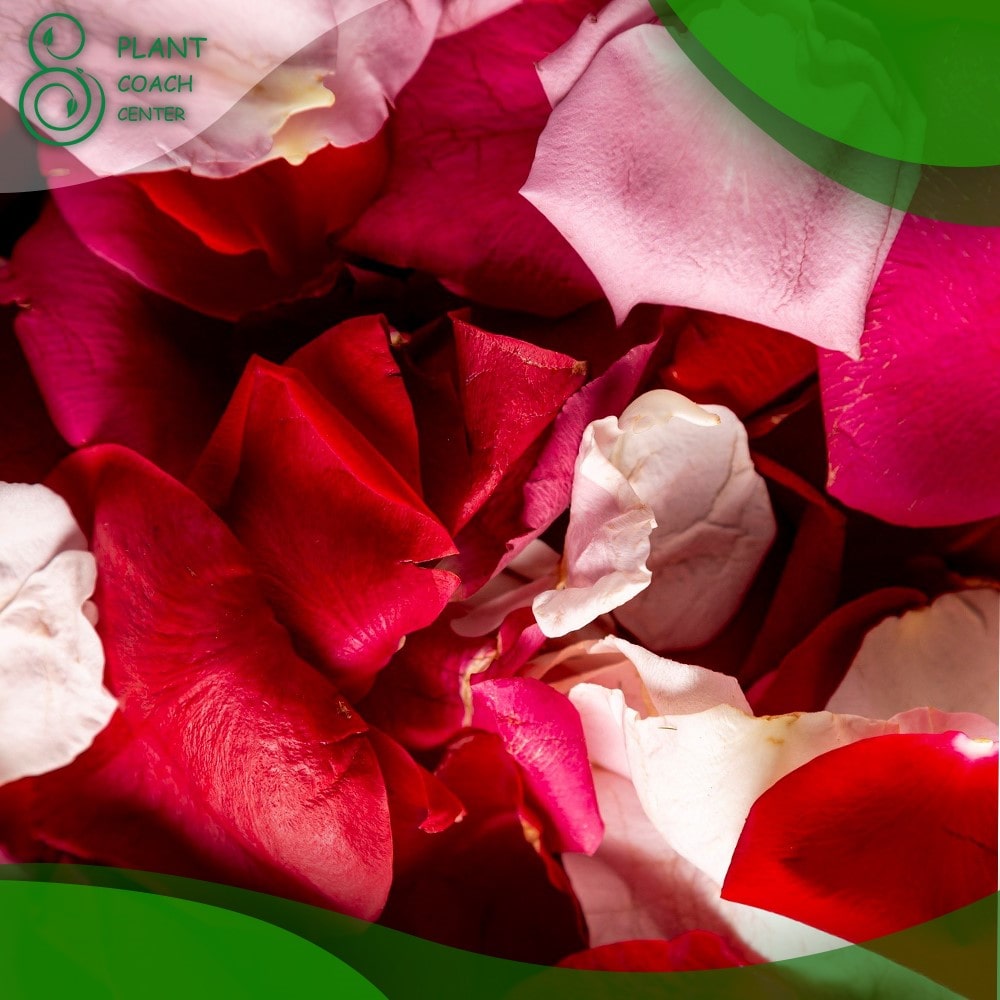When Do You Trim Knockout Roses?
If you have knockout roses in your garden, you know how beautiful and vibrant they can be. However, to keep them healthy and looking their best, you need to know when to trim them. In this article, we will explore the ins and outs of trimming knockout roses.
What Are Knockout Roses?
Knockout roses are a type of shrub rose that was introduced in 2000 by William Radler. They are known for their hardiness, disease resistance, and ability to bloom repeatedly throughout the growing season. They come in a variety of colors, including pink, red, and yellow, and can grow up to 5 feet tall.

Why Do You Need to Trim Knockout Roses?
Trimming knockout roses is essential for maintaining their health and appearance. Some of the reasons why you might need to trim your knockout roses include:
- Removing dead or diseased wood
- Shaping the plant
- Encouraging new growth
- Controlling the size of the plant
When Is the Best Time to Trim Knockout Roses?
The best time to trim knockout roses is in the early spring before new growth appears. This is because the plant is still dormant at this time, and trimming it will stimulate new growth. You can also trim your knockout roses in the late summer or fall after the last flush of blooms has faded.
How Do You Trim Knockout Roses?
Trimming knockout roses is a simple process that involves a few basic steps:
- Use sharp, clean pruning shears.
- Identify the branches that need to be trimmed.
- Cut the branches at a 45-degree angle just above a leaf or bud.
- Remove any dead or diseased wood.
- Shape the plant as desired.
- Tips for Trimming Knockout Roses
Here are some tips to keep in mind when trimming knockout roses:
Don’t trim more than one-third of the plant at a time.
Avoid trimming during the hottest part of the day.
Make sure your pruning shears are sharp and clean.
Wear gloves to protect your hands from thorns.
Dispose of any diseased wood properly to prevent the spread of disease.
What are some common diseases that affect knockout roses?
There are a few common diseases that can affect knockout roses, including black spot, powdery mildew, and rust. Here are some tips on how to prevent these diseases:
Keep the plant healthy: The best way to prevent diseases is to keep the plant healthy. This means providing it with adequate water, nutrients, and sunlight.
Plant in the right location: Plant your knockout roses in a location that receives plenty of sunlight and good air circulation. This will help prevent diseases from taking hold.
Prune regularly: Regular pruning can help promote good air circulation and prevent the buildup of moisture, which can encourage fungal diseases.

Remove infected leaves: If you notice any leaves that are infected with black spot or powdery mildew, remove them immediately and dispose of them in the trash.
Use fungicides: If you have a severe fungal infection, you may need to use a fungicide to control it. Be sure to follow the instructions carefully and apply the fungicide when the weather is dry.
By following these tips, you can help prevent common diseases from affecting your knockout roses and keep them looking healthy and vibrant.
Is there a specific time of day that’s best for pruning knockout roses?
There is a specific time of day that’s best for pruning knockout roses. It’s generally recommended that you prune your knockout roses in the early morning or late afternoon, when the temperatures are cooler and the sun is not as strong.
Pruning during the hottest part of the day can stress the plant and make it more susceptible to disease. It can also cause the plant to lose moisture through the cuts, which can lead to further stress and damage.
Pruning in the early morning or late afternoon, on the other hand, allows the plant to recover from the stress of pruning before the heat of the day sets in. It also gives the plant plenty of time to heal before nightfall, which can help prevent disease.
So, to summarize, it’s best to prune your knockout roses in the early morning or late afternoon when the temperatures are cooler and the sun is not as strong.

How often should knockout roses be pruned for optimal health?
How often you should prune knockout roses depends on several factors, including the size and shape of the plant, the growing conditions, and your personal preferences. However, as a general rule, knockout roses should be pruned once or twice a year for optimal health.
The best time to prune knockout roses is in the early spring before new growth appears or in the late summer or fall after the last flush of blooms has faded. During these times, the plant is either dormant or has finished blooming, making it a good time to remove dead or diseased wood, shape the plant, and encourage new growth.
When pruning knockout roses, it’s important to avoid pruning more than one-third of the plant at a time. This can stress the plant and make it more susceptible to disease. Instead, focus on removing dead or diseased wood, shaping the plant, and encouraging new growth.

Are there any specific tools or techniques I should use when pruning knockout roses?
There are specific tools and techniques that you should use when pruning knockout roses to ensure that you don’t damage the plant and that it stays healthy. Here are some tips to keep in mind:
Use clean, sharp tools: Use a pair of sharp pruning shears to make clean cuts. Dull tools can damage the plant and make it more susceptible to disease. It’s also a good idea to sterilize your pruning shears with rubbing alcohol before and after use to prevent the spread of disease.
Cut at a 45-degree angle: When making cuts, be sure to cut at a 45-degree angle just above a leaf or bud. This will promote healing and prevent water from collecting on the cut, which can lead to disease.
Remove dead or diseased wood: When pruning, focus on removing dead or diseased wood first. This will help prevent the spread of disease and promote healthy growth.
Shape the plant: Use pruning to shape the plant and encourage healthy growth. Focus on removing any crossing or rubbing branches, as well as any branches that are growing in the wrong direction.
Avoid pruning during the hottest part of the day: Pruning during the hottest part of the day can stress the plant and make it more susceptible to disease. Instead, prune early in the morning or late in the afternoon when the temperatures are cooler.
Conclusion
Trimming knockout roses is an essential part of maintaining their health and appearance. By following the tips and guidelines outlined in this article, you can keep your knockout roses looking their best year after year.
When should I prune my knockout roses?
The best time to prune knockout roses is in the early spring before new growth appears or in the late summer or fall after the last flush of blooms has faded.
How much should I prune my knockout roses?
You should never prune more than one-third of the plant at a time.
What tools do I need to prune knockout roses?
You will need a pair of sharp, clean pruning shears.
Can I prune my knockout roses in the winter?
No, you should never prune knockout roses in the winter because it can damage the plant.
How do I dispose of diseased wood from my knockout roses?
You should dispose of diseased wood properly to prevent the spread of disease. You can burn it or dispose of it in the trash.
How often should I trim my knockout roses?
You should trim your knockout roses once or twice a year, depending on the size and shape of the plant.







